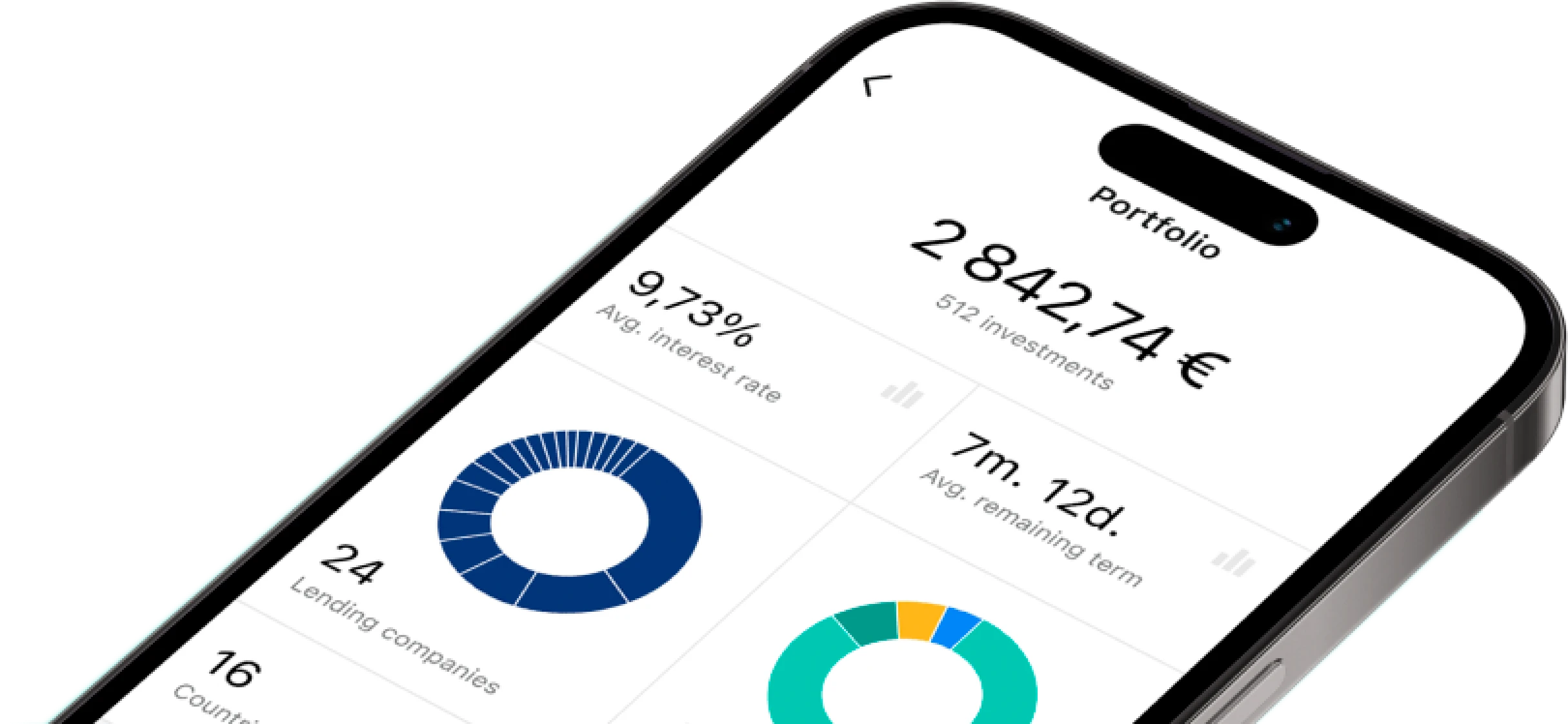Inclusivity has become a watchword in today's world and is very important in many economic sectors. In the case of Pristo Mark, we see the same concept of inclusivity. But first, what is Pristo Mark? Pristo Mark is a connecting site that fosters and advocates for access to investment and financial literacy.
This is regardless of their careers, education, and sphere of life. The site's goal is simple: to grant people interested in finance and investments access to investment educator firms. These firms will provide suitable sources for learning purposes.
By becoming the bridge between people and these firms, Pristo Mark becomes the hotspot for anyone who wishes to learn more about the sector. We do this by making accessing the materials as easy as possible. The best part about this is that Pristo Mark is that it is one hundred percent free.

Want to connect to suitable investment education firms? The first step is to register on Pristo Mark. Simply fill out the form provided.
Pristo Mark does the legwork so the user doesn’t have to. We’ll pair them up with a suitable investment education firm.
Then, someone from the education firm will reach out to the user for onboarding.
The education firm crafts a curriculum unique to each user for a personalized learning experience. Beginner and expert investors alike are welcome.
Proceed to enjoy a journey of enlightenment on investment and finance concepts. Learn to make objective financial decisions.

Finance newbies are first trained on the fundamentals. Their tutors shed light on asset classes, investment risk, and some strategies. The history of financial markets are not left out too. A solid base of understanding prepares one to become an informed investor.
Intermediate and expert investors know too well about the dynamic nature of investing. They know the value of continued education. Explore deeper concepts like technical and fundamental analysis, interpreting finance news alerts, and more.
People can now become financial literate by learning in their preferred language. Pristo Mark makes it so that the assigned firms provide their services completely to the user’s tastes. Register for free.
Every concept has a fundamental principle, and the investment sector is no different. Going from the lowest to the highest assets in the industry, all bear diverse characteristics and values that may make them stand out individually and collectively.
These assets form the very foundation of investment and investment activities. They include cash, bonds, mutual funds, ETFs, and stocks. These assets also have their accompanying risk factors. To learn more about these concepts, sign up on Pristo Mark and connect with suitable education firms.

The knowledge of investments mandates that individuals be up-to-date with the terminologies of the sector. The vocabulary of any sector or its factions is its identity; it shows the industry's principles and sometimes implies how they are to be applied practically and in theory. It may also aid communication between people in the industry. So, the importance of familiarity with investment terms cannot be overemphasized. Learning these terms and how they are used can not be bypassed. An absence of this knowledge will leave the learner lost amid the sea of information being passed around daily.
Investment terminology matures just like the investments themselves. These terms aren't just decorative language or jargon; they are for communicating specific ideas and concepts to the finance world.
It's more appropriate to understand investment terms than just to be aware of their popularity and usage. There are levels to these terms. Some can be grasped right off the bat, while others can be quite complex.
Liquidity
It describes how easily an asset or security may be converted into cash without affecting the market price. Cash is the asset that has the most liquidity.
Compound Interest
This refers to the interest on a loan or deposit. Although highly dependent on the principal and simple interest, it is a sum of the interest accumulated over time.
Capital Gains and Losses
Capital gains refer to the returns from the sale of an asset. In more direct words, it’s the increase in a capital asset's value when sold. It occurs when an asset is sold for a higher value than bought. It’s really only one side of the coin.
Sometimes, an investment may be sold at a loss. The capital loss is on the other side of the coin.
This term denotes the steady rate of increase in the price of assets and commodities over a period. Inflation may lead to a gradual loss of purchasing power.

As English words, sentences, and phrases allow communication between English speakers, investment terminologies allow communication and understanding in finance. This may be essential for the market and investors or any person in the finance sector. It is also vital between two or more investors as they may understand each other and the discussion topics.
These terminologies break up or encompass an investment process's complexity or ease. It may allow the interested persons to see the bigger picture and understand the concept.
Understanding these terms, what they represent, how they are used, and even the dangers of mistaking one for the other may help individuals in the industry. To learn more, sign up on Pristo Mark.
Financial assets are grouped into generic categories like stocks and bonds. This group of investments that have the same characteristics and may be bound by the same laws and regulations of the market. The asset class comprises instruments/assets that behave similarly under the same market conditions.
Equities or stocks, fixed income or bonds, and money market instruments are the most popular examples. Others are real estate, commodities, futures, other financial derivatives, and cryptocurrencies. Investors often diversify their portfolios across asset classes. They each have different risk and return investment characteristics. They may also perform distinctly in any given market.
Stocks or equity are a security representing an individual's ownership of a fraction of the issuing corporation. A stock unit is called a share. It may afford the holder a part of the corporation's assets and gains according to the number of shares.
A mutual fund is a portfolio comprising stocks, bonds, and a host of other securities bought with the collective capital of investors. This fund may give each investor a diversified portfolio managed by a professional fund manager.
A financial bond is a fixed-income instrument. It is issued by a government or company and sold to investors. Buying bonds effectively loans capital to the issuer at a set interest rate for a given period. Municipalities, companies, states, and federal government projects mostly use these assets.
These combined investment security are traded like an individual stock. They can be designed to track anything, ranging from investment strategies and the price of a commodity to an extensive collection of security.
An investment account is a current account linked to a securities account that transfers money. This is done chiefly for transactions with securities and deposit services. They are mainly created to ease the transaction of bonds, stocks, funds, and ETFs. These investment accounts differ vastly from regular bank accounts. The assets saved there are subject to decline depending on the market conditions.
For this reason, the assets or funds in the investment accounts are not used to meet immediate needs. Instead, they may be suited for future use, such as college tuition or a retirement plan. Examples of these accounts are brokerage, taxable, and tax-advantaged accounts.
Risk, by simple definition, is the possibility of harm or, in this case, financial loss. In more stringent financial terms, a risk is the possibility that an outcome or investment's actual gains would differ from the expected outcome.
Sometimes, the outcome in this case is a deficit gain, plus there is a chance of losing all or a significant part of the investment made. Return, or return on investment, is the money made or lost on an investment by an investor.
The returns may be expressed as the change in the dollar value or as a percentage. It is suitably calculated as the net results after fees, taxes, and inflation.
Financial metrics are used to evaluate and assess an investment or company's financial performance, health, and stability. The data used are all derived from past trends in financial instruments or security. On the other hand, ratio analysis is a method of checking to learn an asset's liquidity, efficiency, and profitability.
These are instructions from an investor to a broker. To either buy or sell any assets they hold at any price available on the market at that time.
With these, the investor can set a maximum/minimum acceptable price on the order.
This is a market order executed in the direction the market is moving.
These use a trailing amount to determine when to yield to a market order instead of the conventional stop price.
This type of time-in-force order is used in securities trading. It tells a brokerage to execute a transaction entirely and immediately or not at all.
A (GTC) is a market order to buy or sell a stock. It lasts until the action is either completed or canceled.
Market orders are the most common and straightforward transactions in the markets. The execution of these orders comes with a sense of urgency at the current asking price. It is also the go-to for most stock buyers and sellers most of the time, making it the default option. Sign up on Pristo Mark. Get connected to firms that teach on market orders and begin learning.

| 🤖 Entry Fee | No entrance fee |
| 💰 Incurred Costs | Free of any charges |
| 📋 Process of Joining | Registration is streamlined and fast |
| 📊 Subjects Covered | Education on Crypto assets, Forex markets, and Investment strategies |
| 🌎 Eligible Countries | Almost all countries are supported except the US |


